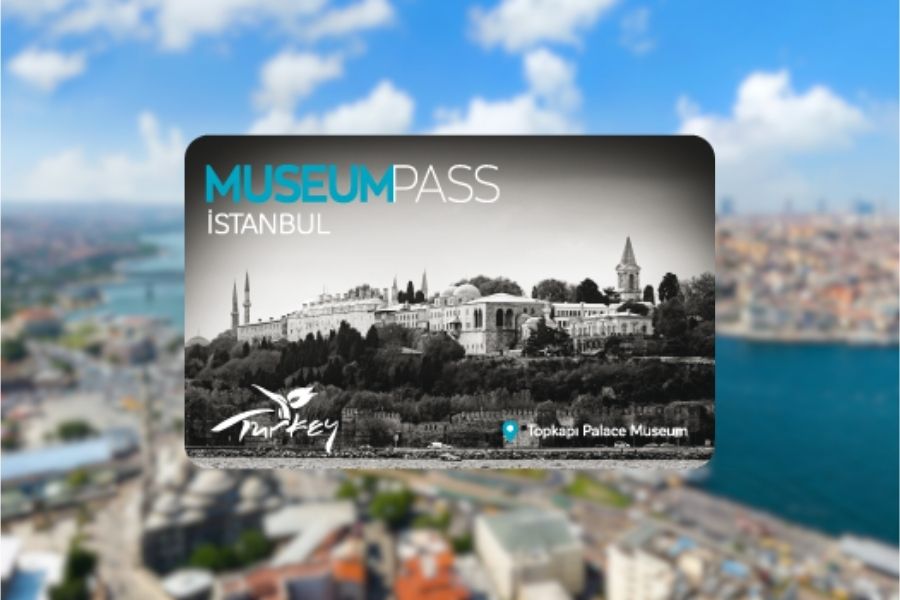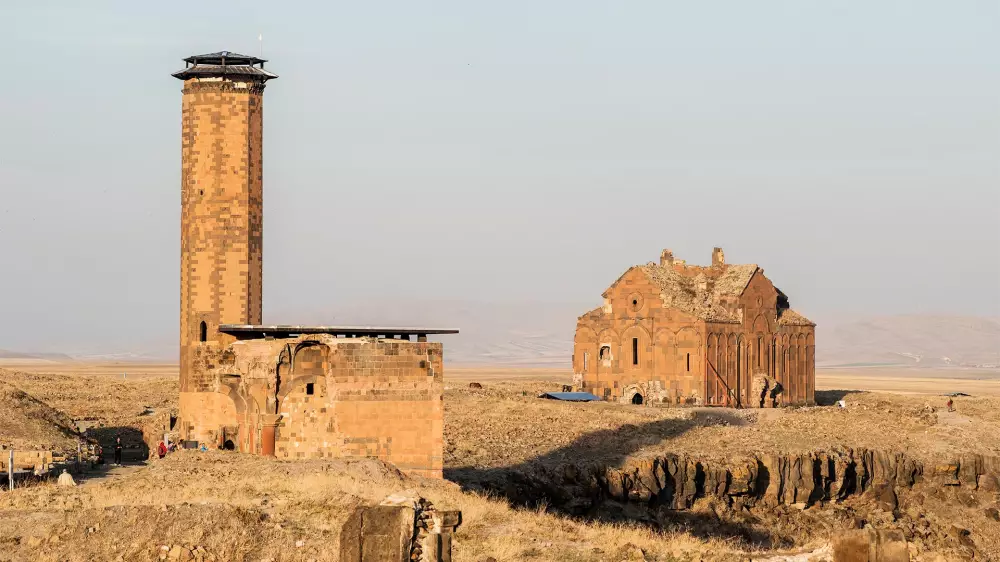
From Smyrna To İzmir
Fasten your seat belts! Because we are now going to make a journey of thousands of years from the past to the present, a pleasant journey in which we are going to travel through time first going to the Bronze Age and later returning to 2020! Let’s cut a long story short and hit the road.
It is a fact that İzmir has a long history going back antique ages… Thanks to its location at a gulf, it has always been a city of great splendour with typical characteristics of a city of trade and culture…
First, let’s learn about the origins of its name… There is no confirmed information as to the origins of the name of İzmir, but mostly accepted is the assumption that the name derives from Smyrna, a warrior woman belonging to the tribe of Amazons. The legend has it that the Erectides who lived in the area for a certain time waged a war against this Amazon tribe and beat them, as a result of which These, their leader, married Smyrna, queen of the Amazons and named the region after her.
The oldest traces in the history of İzmir date back to times well before 3000 B.C., namely to the period called Early Bronze Age. The tools and artefacts unearthed here dating back to this age are very similar to the ones that date back to the Trojan Age, the following period.
Now The Parade of The Civilisations That Flourished Here
One of the oldest civilisations that ruled in the region around İzmir were Hittites. In the Age of Hittites that spanned between 1800 and 1200 B.C. a kind of script system was already in use in Anatolia. The advantage of the usage of a writing system is that it enabled people to record historical events. But after the devastation of Troy VII and Hattusa by the tribes that invaded Anatolia through the Balkans around 1200 B.C., Western and Central Anatolia entered a Dark Age without any writing system. This age also called Iron Age lasted until the period in which humans began to reuse script systems, in other words until 730 B.C. for the Phrygian Empire and 650 B.C. for the human communities in Western and Central Anatolia.
The excavations performed in the region have provided evidence that in the Iron Age Aeolians and Ionians were domiciled in the region. The excavations in the area called Tepekule or Bayraklı Tumulus dating back to around 1050 B.C. show that a people of Hellenistic origin lived in this region…
Period of Enlightenment
In the period between 650 and 545 B.C., also called the Age of Enlightenment, İzmir recaptured its former glory and lived through its golden age under the Ionian Civilisation. In this period, İzmir rapidly grew into a city that was able to confront other civilisations in the surrounding area, which was also a time of architectural revival for the city. The Temple of Athena dedicated to the Goddess Athena with inscriptions that have survived up to the present was erected in this period.
The Journey Backwards In History
The Antique City of Izmir that experienced a long period of regression for 200 years between 500 and 300 B.C. lost its importance as a result for a long time… It experienced then a period of revival when the calendar showed 5th Century B.C. and hosted a population that was considered to be very dense for those days as well.
Slowly Moving Further To A.D. Ages
We are now in ages relatively better known to us… İzmir that came under the rule of Great Alexander just after the Roman rule was then captured by Mithridates VI., King of Pontus Empire, and by the Eastern Roman Empire in the following period. Later we see the rule of Umayyads and Seljuk Empire that conquered the city in 1081. The city that came under the rule of the Knights of Rhodes in 1204 was re-conquered in 1310 by Umur Bey, Emir of the Aydın Dynasty, who ruled in the region for 34 years…
The city experienced the rule of several empires including the Mongolian and Genoese rule until it became a territory of the Ottoman Empire in 1422… Under the Ottoman rule, it grew into one of the essential Turkish cities with a position at the heart of the trade in the empire.
Era of The Republic
In the centuries that have passed, neither İzmir nor the Ottomans abandoned each other… Until the aftermath of the World War I… namely until the time when this beautiful city was invaded by Greek soldiers. The people of İzmir in all their consciousness, courage and love for their country protested against the invasion and rose in rebellion to defend their homeland after Hasan Tahsin, a journalist, shot the first bullet against the invasion and attained martyrdom, and further fought against the invaders under the leadership of Gazi Mustafa Kemal Atatürk, the Great Leader of the Independence War.
In the end, on September 9, 1922, Turkish forces set the city free and drove the Greek soldiers ‘’into the sea’’! As the most important contributor to the indivisible integrity of the Republic of Turkey, the city of İzmir has always maintained all its grace, beauty and value.



